-
×
 SatPax® 1000 9" x 9" (9% IPA/Case)
1 × $262.96
SatPax® 1000 9" x 9" (9% IPA/Case)
1 × $262.96
Berkshire Products, Knowledge Base
Unlocking the Best Pre-Wetted Wiper – Part 2
Last week we introduced you to Part 1 of Unlocking the Best Pre-Wetted Wiper, where we offered a few key considerations when choosing a pre-wetted wiper. And we took a closer look at why the ISO Cleanroom class is essential and what to consider when using the wipers for a critical cleaning application, such as removing residues from process equipment interiors.
However, this week, let’s shift our attention to other essential cleaning requirements in the cleanroom.
First, of course, many surfaces require attention, including process equipment exteriors, test equipment, apparatus used for pharmaceutical aseptic filling, counters, tables, and even carts. However, one characteristic is common to these surfaces– they appear to be relatively clean.
However, they are all contaminated by invisible particles to a greater or less degree. That’s why it is critical to remove these particles regularly (at the beginning and end of the shift) to prevent contact transfer. The good news is you can remove the surface particles and contaminants with pre-wetted wipers.
As with process equipment interiors, we look for pre-wetted wipers that incorporate laundered, knitted polyester wipers with sealed-border edges or ultrasonically-sealed edges to minimize particle or fiber contribution. However, the IPA (Isopropyl Alcohol) concentration needed to clean these environmental surfaces is much less – at 6-9%- than the 70% necessary IPA to clean process equipment interiors.
Perhaps you’re wondering why you need less IPA to clean the environmental surfaces. In general, environmental surfaces are much cleaner than equipment interiors, so you don’t need as much IPA to remove the contamination from the surfaces. In comparison, the buildup of process residue requires a heavier concentration of IPA to remove the contamination appropriately.
So, what Berkshire pre-wetted wipers would work the best for cleaning the environmental surfaces in your cleanroom? We recommend giving these a try.
In addition to understanding the difference in IPA concentrations based on environment and use, it’s also good to understand the wetting level for the pre-wetted products. For example, the products we’ve suggested all have a wetting level of 33%. This percentage means that the volume of liquid in these pre-wetted wipers is one-third of what each wiper could hold at saturation. Thereby ensuring that surface contaminants will be retained in the wiper and will not be transferred to other areas. So, it’s another safeguard in helping to combat contamination in the cleanroom.
Thus far, we’ve talked about ways to safeguard the cleanroom by choosing the best wiper for the environment and use. But what about before you enter the cleanroom? What safeguards ensure that you aren’t inadvertently carrying in contamination with you?
Since the gowning room involves personnel arriving or leaving in street clothes and changing into and out of cleanroom outfits, the activity level and the particle load from street clothing will cause this environment to be “dirtier” than the production area. So, it’s crucial to take preventative measures in this area also. Therefore, in the case of addressing the gowning room, it allows us to consider a less stringent wiper product. But what kind of a pre-wetted wiper is appropriate for this environment? For gowning rooms rated ISO Class 5-6, pre-wetted wipers containing non-woven polyester-cellulose blends are suitable.
At Berkshire, we recommend trying out the following products for your gowning room needs:
While we have only scratched the surface in Unlocking the Best Pre-Wetted Wiper for your Cleanroom, Parts 1 & 2, we hope we’ve provided some general information that will make your selection process easier. It’s important to remember that the wiper within the pre-wetted product must be compatible with the ISO Class environment in which you will use it. And that the concentration of the IPA in these products must be selected carefully based on environmental and application conditions.
We’re always happy to answer your questions regarding your cleanroom contamination needs, so feel free to reach out to our trained specialists for more information.
Next week, we hope you’ll come back to learn about other aspects of wetting solutions, including the ability to remove polar and non-polar contaminants, flammability ratings, volatile organic compound (VOC) contribution, and other specialized wetting solutions.


















 SatPax® 1000 9" x 9" (9% IPA/Case)
SatPax® 1000 9" x 9" (9% IPA/Case) 
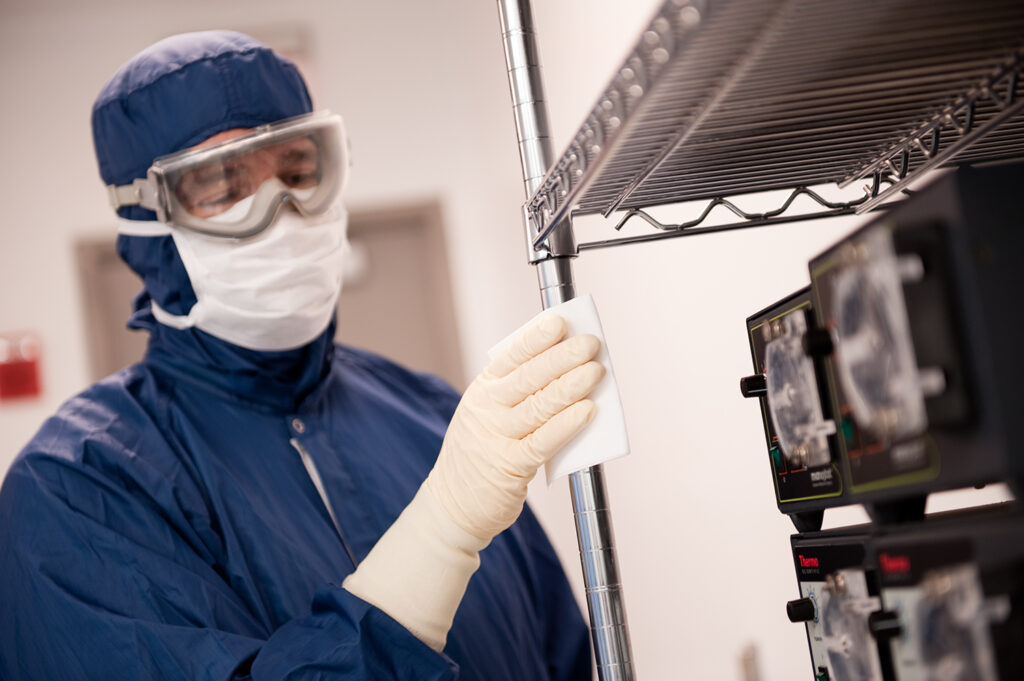


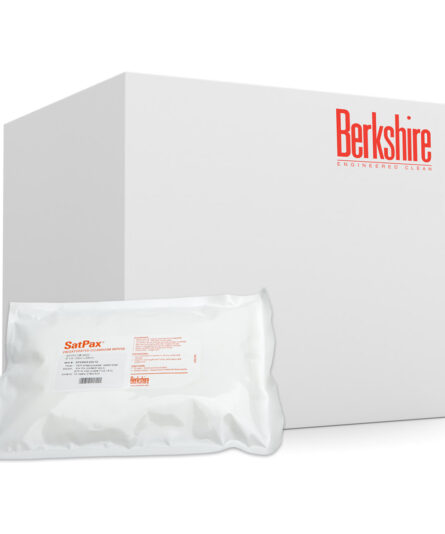

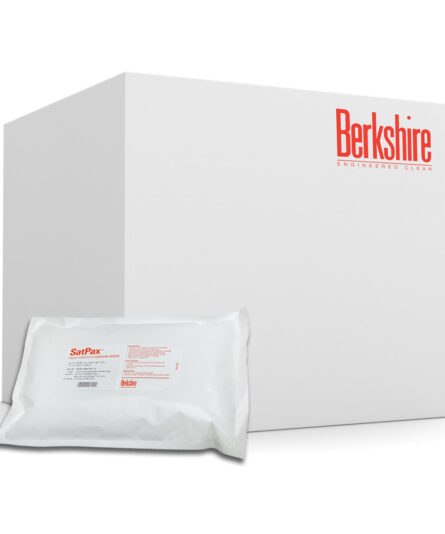
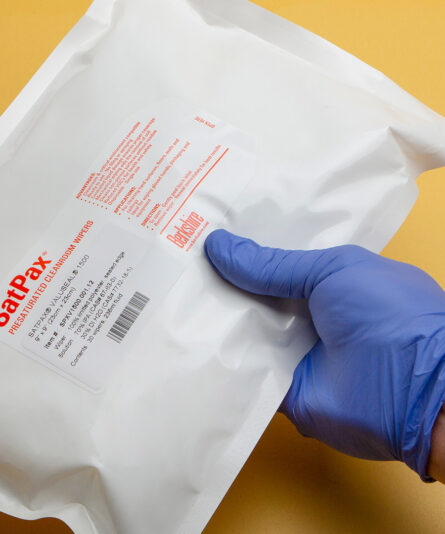

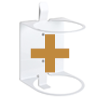
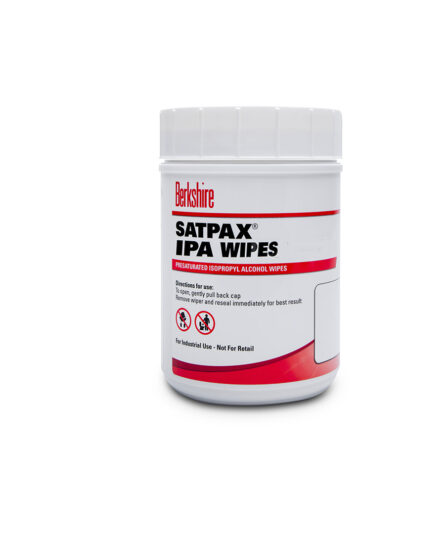
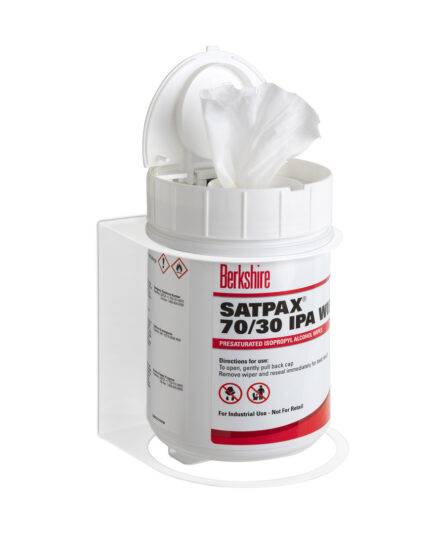

HAVE AN IDEA FOR CONTENT?
We are always looking for ideas and topics to write about.
Contact Us